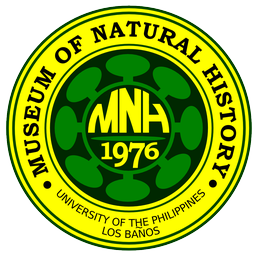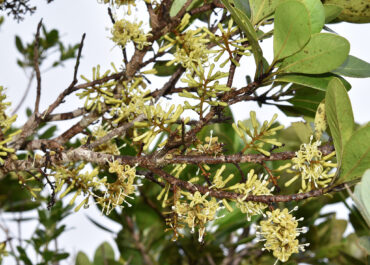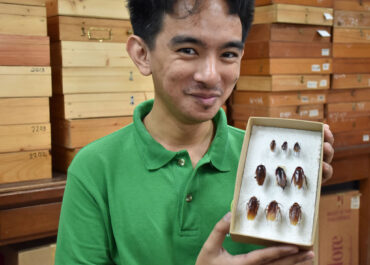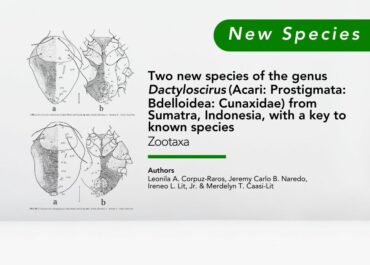New species of ant named after President Cory Aquino
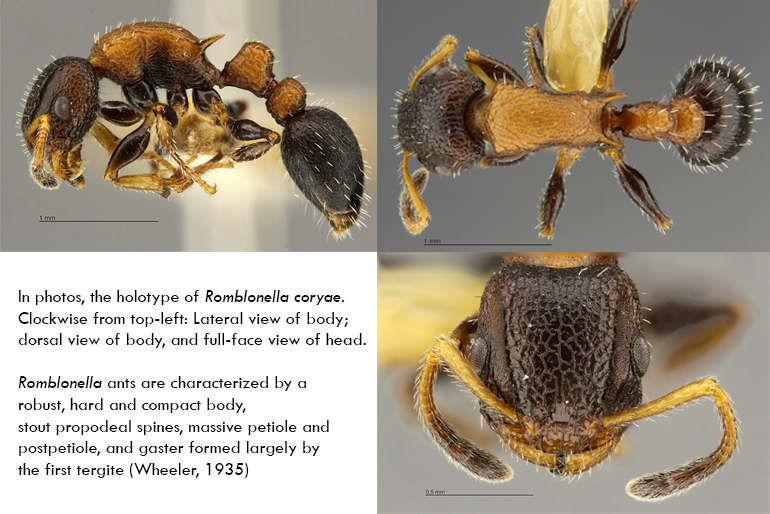
Myrmecologists David Emmanuel M. General and Perry Archival C. Buenavente of the UPLB Museum of Natural History and Philipine National Museum, respectively, recently announced the formal description of a new ant species discovered in the forests of Palawan Island.
In an article published in India-based journal HALTERES (Vol 6, 2015, pp. 56-62), the two ant specialists described Romblonella coryae sp. n. from the primary lowland rainforest of one of Palawan’s highest peaks, Cleopatra’s Needle.
The researchers named the new ant R. coryae sp. n. in honor of the late former Philipine President, Corazon “Cory” C. Aquino. “It is only but fitting that a genus named after a Philippine island has a species named after a modern Filipino hero,” the researchers wrote.
“People in Palawan have been grateful to the late President for Republic Act No. 7611 or the Strategic Environmental Plan for Palawan Act of 1992,” General said. The Plan has served as the framework of Palawan’s government agencies in formulating plans, programs and projects affecting the province’s environment and natural resources.
The discovery was not by the proverbial “looking for a needle in a haystack.”
General and Benavente were volunteering for the Centre for Sustainability and the Palawan Council for Sustainable Development which organized a biodiversity survey of Cleopatra’s Needle in January 2014 when they chanced upon the ants.
In an interview, General said that they simply “stumbled” upon the ants after a five-hour hike deep into the rainforest.
“We were settled at camp when we saw these strikingly colored worker ants scurrying on the tarpaulin sheets protecting our tents,” he recalled. They also collected specimens along the trail from the road to their camp and from sifted leaf litter.
The holotype worker has been deposited at the National Museum of the Philippines while five paratypes were distributed to the UPLB Museum of Natural History and other natural history museums in the USA, Australia, Austria, and the UK.
According to General and Buenavente, R. coryae is only the second species of Romblonella from the Philippines. The first species, R. opaca (F. Smith, 1861) (=R. grandinodis Wheeler 1935) from Romblon, was described in 1935 by William M. Wheeler who also erected Romblonella as a genus.
Search
Archives
Categories
- Announcement (21)
- Feature (21)
- News (141)
- Press Release (55)
- Research (4)
- Services (3)
